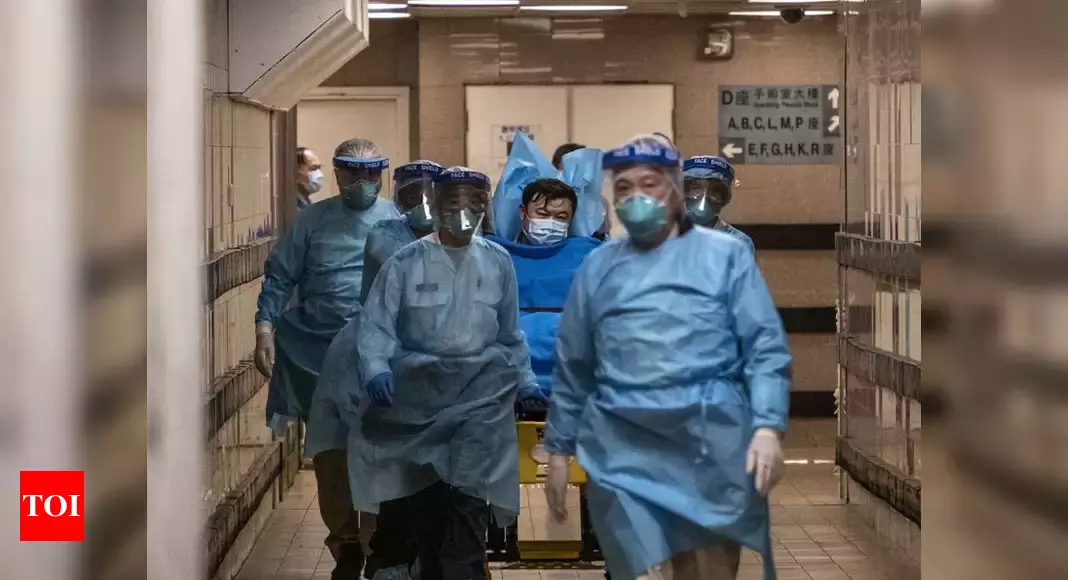WUHAN: A mysterious illness had stricken seven patients at a hospital, and a doctor tried to warn his medical school classmates. “Quarantined in the emergency department,” the doctor, Li Wenliang, wrote in an online chat group on December 30, referring to patients.
“So frightening,” one recipient replied, before asking about the epidemic that began in China in 2002 and ultimately killed nearly 800 people. “Is SARS coming again?”
In the middle of the night, officials from the health authority in the central city of Wuhan summoned Li, demanding to know why he had shared the information. Three days later, police compelled him to sign a statement that his warning constituted “illegal behavior.”
The illness was not SARS, but something similar: a coronavirus that is now on a relentless march outward from Wuhan, throughout the country and across the globe, killing at least 304 people in China and infecting more than 14,380 worldwide.
The government’s initial handling of the epidemic allowed the virus to gain a tenacious hold. At critical moments, officials chose to put secrecy and order ahead of openly confronting the growing crisis to avoid public alarm and political embarrassment.
A reconstruction of the crucial seven weeks between the appearance of the first symptoms in early December and the government’s decision to lock down the city, based on two dozen interviews with Wuhan residents, doctors and officials, on government statements and on Chinese media reports, points to decisions that delayed a concerted public health offensive.
In those weeks, authorities silenced doctors and others for raising red flags. They played down the dangers to the public, leaving the city’s 11 million residents unaware they should protect themselves. They closed a food market where the virus was believed to have started, but told the public it was for renovations.
Their reluctance to go public, in part, played to political motivations as local officials prepared for their annual congresses in January. Even as cases climbed, officials declared repeatedly that there had likely been no more infections.
By not moving aggressively to warn the public and medical professionals, public health experts say, the Chinese government lost one of its best chances to keep the disease from becoming an epidemic.
“This was an issue of inaction,” said Yanzhong Huang, a senior fellow for global health at the Council on Foreign Relations who studies China. “There was no action in Wuhan from the local health department to alert people to the threat.”
The first case, the details of which are limited and the specific date unknown, was in early December. By the time authorities galvanized into action on January 20, the disease had grown into a formidable threat.
It is now a global health emergency. It has triggered travel restrictions around the world, shaken financial markets and created perhaps the greatest challenge yet for China’s leader, Xi Jinping. The crisis could upend Xi’s agenda for months or longer, even undermining his vision of a political system that offers security and growth in return for submission to iron-fisted authoritarianism.
On the last day of 2019, after Li’s message was shared outside the group, authorities focused on controlling the narrative. Police announced that they were investigating eight people for spreading rumors about the outbreak.
That same day, Wuhan’s health commission

